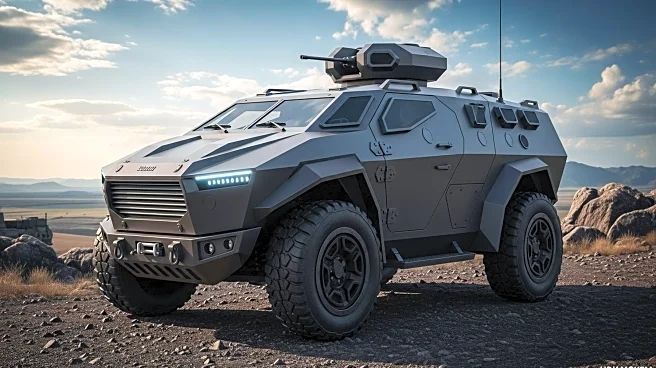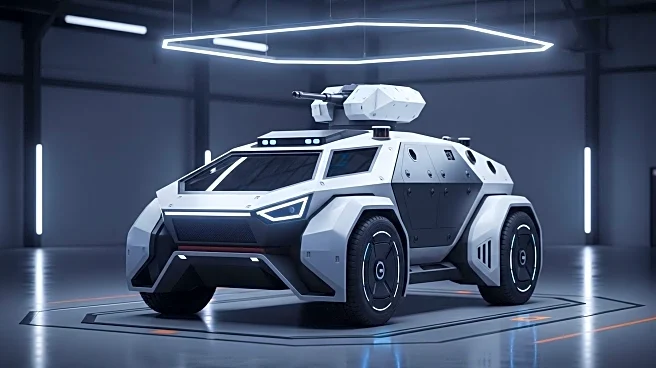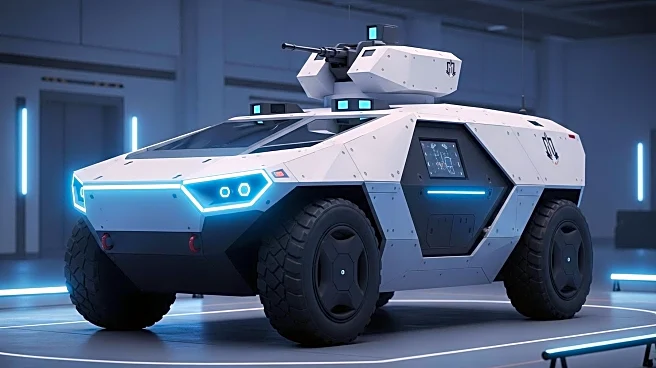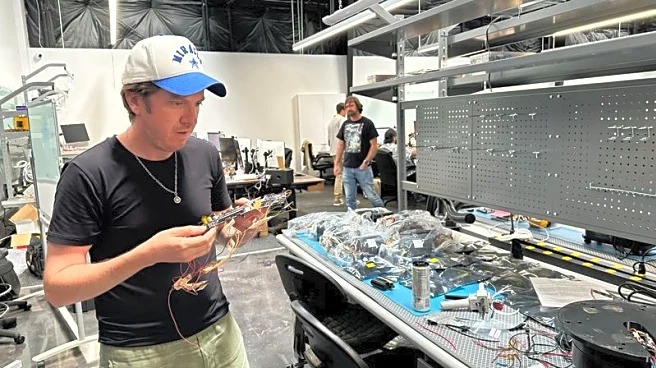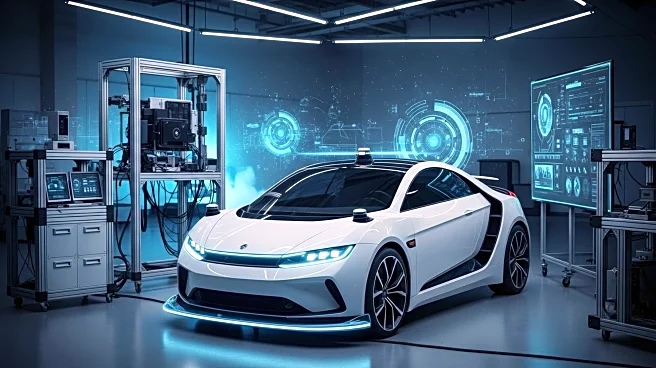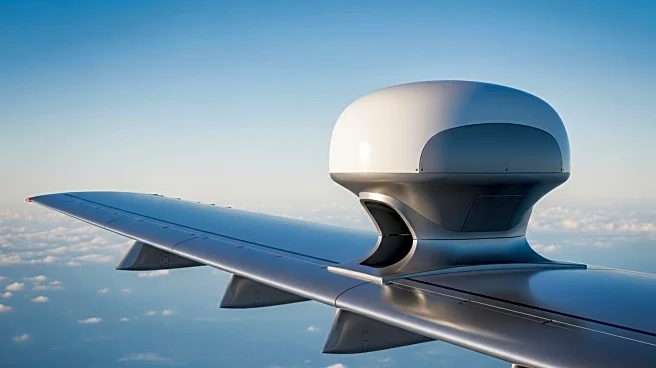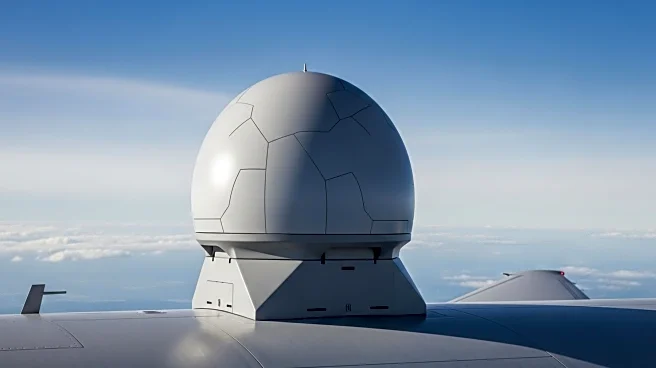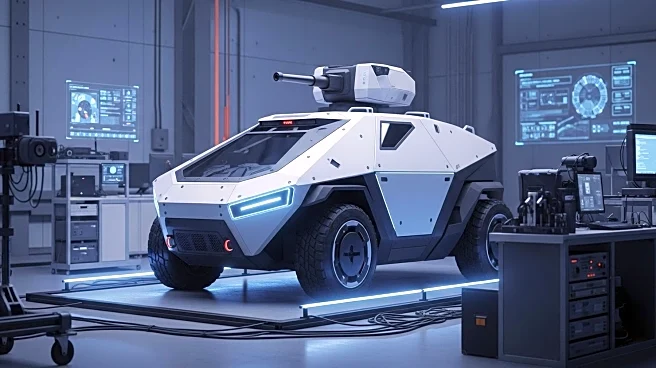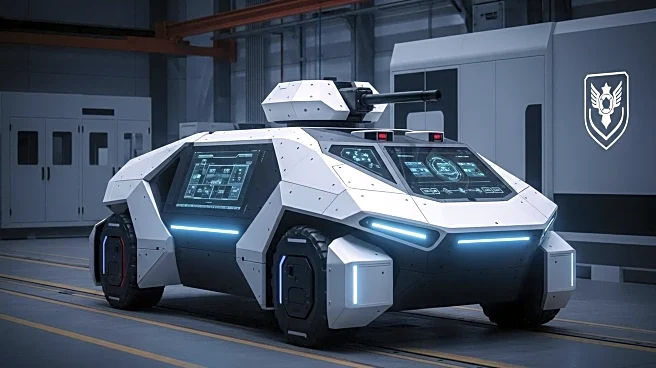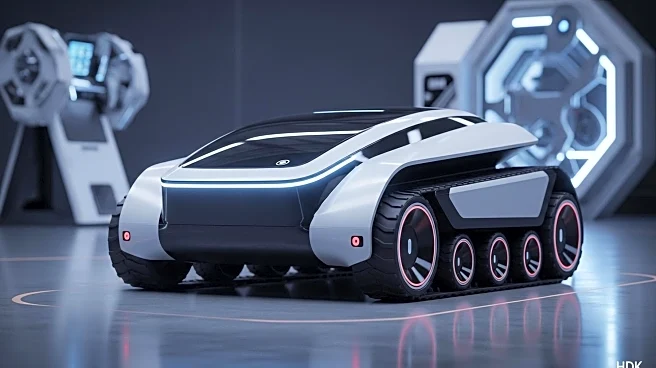What's Happening?
Oshkosh Defense has been awarded an $89 million contract by the U.S. Army Contracting Command – Detroit Arsenal. The contract involves the delivery of Palletized Load System (PLS) A2 vehicles, kits, and installations under the Family of Heavy Tactical Vehicles (FHTV) V contract. The PLS A2 is equipped with advanced technologies, including by-wire functionality for autonomous operations and active safety systems, enhancing protection and efficiency for soldiers in complex environments. These capabilities are crucial for multi-domain operations, ensuring sustainment across dispersed battlefields and contested supply lines. The open architecture of the PLS A2 supports future technology insertions, aligning with the Army's transformation priorities. The FHTV program, which also includes the Heavy Expanded Mobility Tactical Truck (HEMTT) A4, allows the Army to use common militarized commercial components to reduce lifecycle costs and efficiently integrate new and recapitalized variants.
Why It's Important?
This contract highlights the U.S. Army's commitment to modernizing its fleet with advanced technologies that enhance operational capabilities and safety. The integration of autonomous features and active safety systems in military vehicles represents a significant step forward in military logistics and battlefield operations. By investing in such technologies, the Army aims to maintain a strategic advantage in multi-domain operations, ensuring that its forces are well-equipped to handle the complexities of modern warfare. The contract also underscores the importance of partnerships between the military and defense contractors like Oshkosh Defense in driving innovation and efficiency in military operations.
What's Next?
Under the FHTV V contract, the Army can continue to procure vehicles until August 2029, allowing for ongoing modernization efforts. The focus will likely remain on integrating new technologies and capabilities into existing platforms to enhance operational readiness and effectiveness. Stakeholders, including military leaders and defense contractors, will continue to collaborate on future technology insertions and vehicle upgrades to meet evolving military needs.

